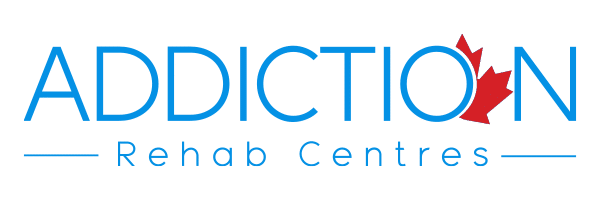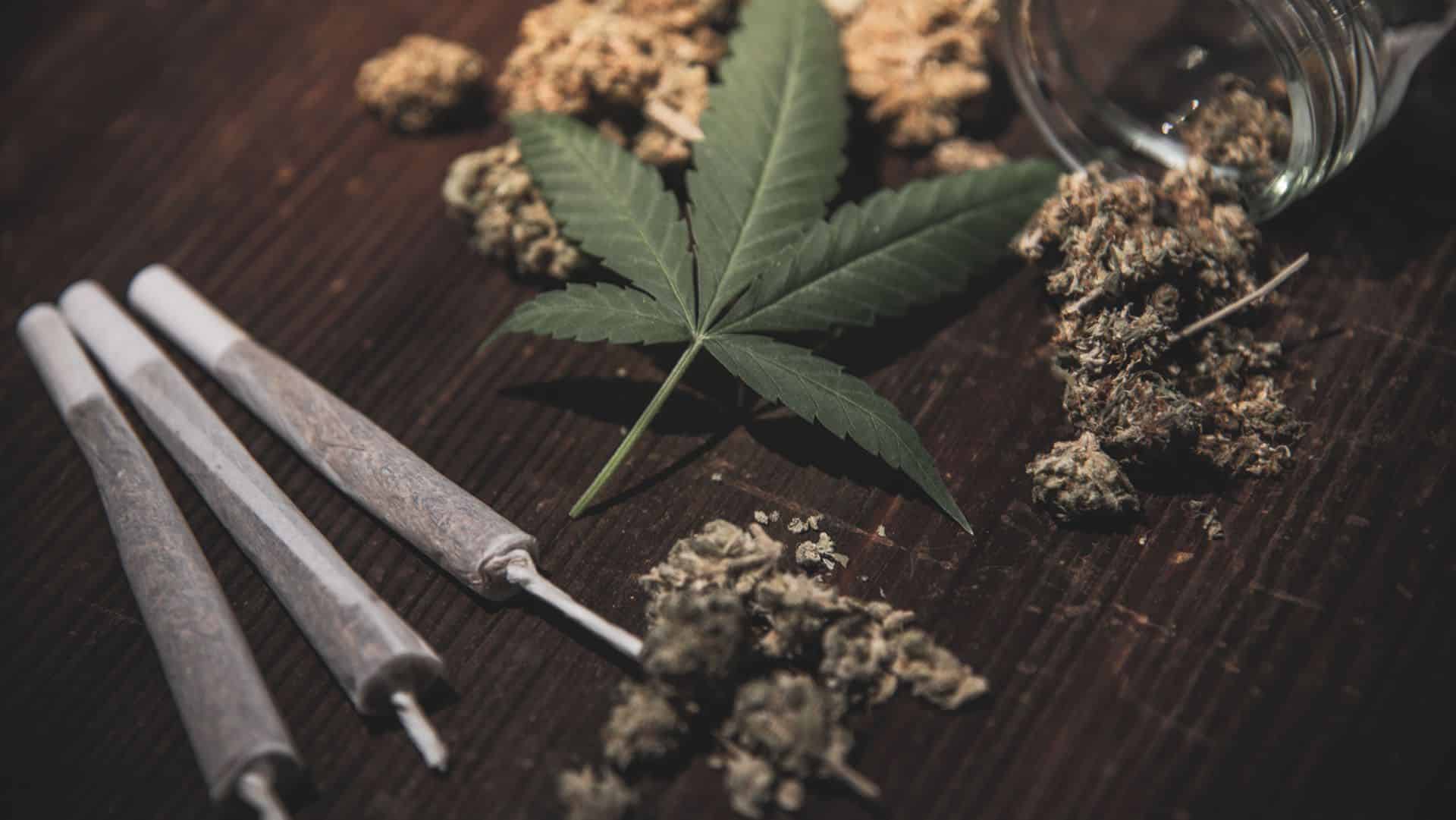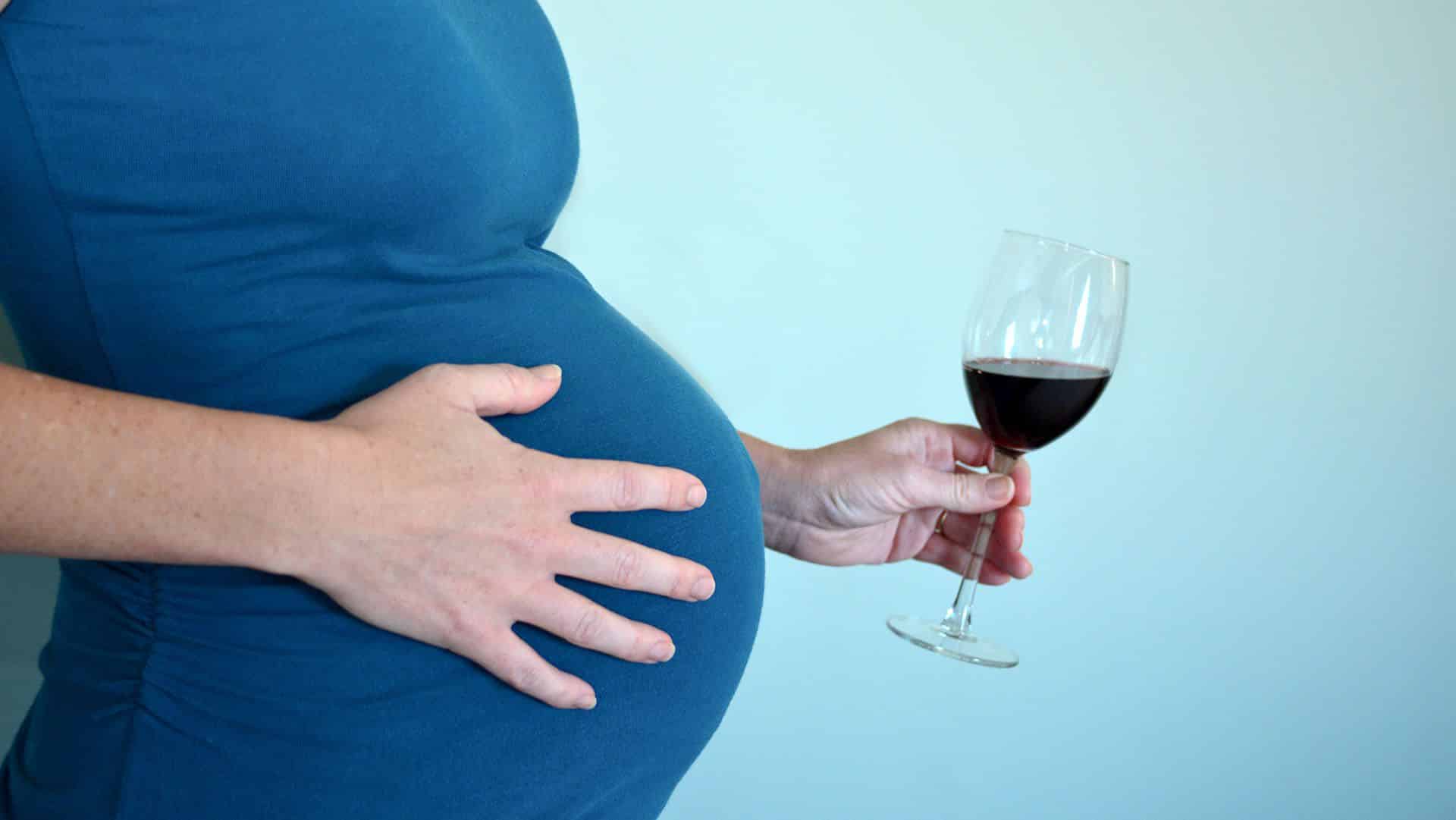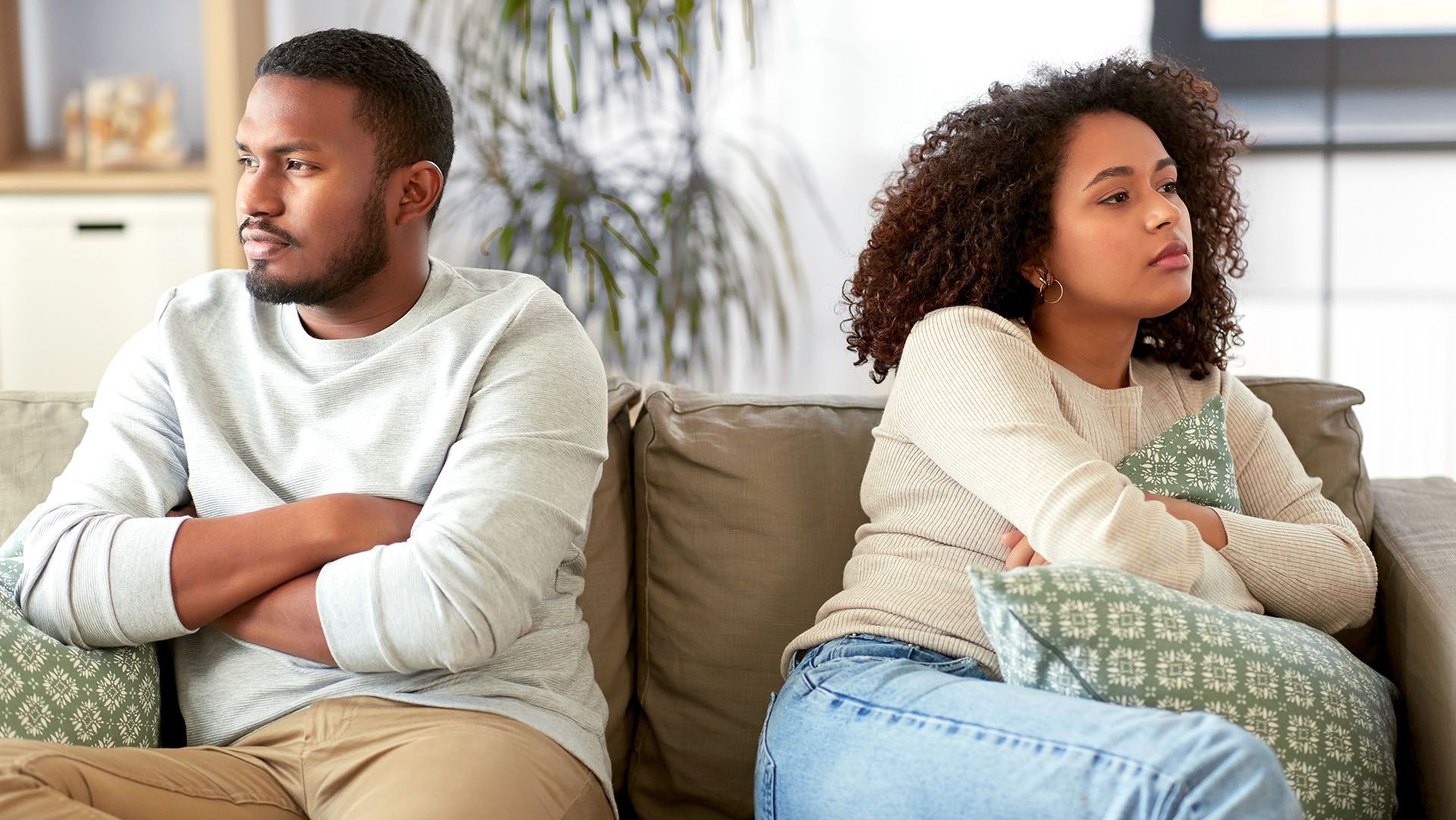What is Cannabis Poisoning and Why is it on the Rise?
Tommy Rosen is considered to be the founder of the Recovery 2.0 Protocol. He once said “It’s intoxicating at the beginning of the relationship,” referring to his former love affair with weed. Now 26 years weed-free, he started this mission to help the people who consume marijuana. He speaks out on the dangers of the substance, while the endless debate on its legalization and medical use rages on.
In Canada, cannabis was legalized nationwide on October 17, 2018, under Bill C-45, the Cannabis Act. If you are planning to take advantage of the bill and share weed with our neighbours down south, you should think twice, though, because crossing international borders with it is still illegal.
As per the reports in Esquire, it is believed that 11 states and the District of Columbia in the USA have legalized cannabis for recreational use, while 22 have approved medical marijuana. Moreover, the US federal government classifies marijuana as a Schedule 1 drug (the most dangerous) because it has high abuse potential, has no accepted medical use, and can cause severe psychological or physical dependence. It shares this billing with cocaine, LSD, peyote, heroin, and ecstasy.
Also, the news stated that Portugal is the only country that has decriminalized all drugs (in 2000). Uruguay was the first to fully legalize marijuana in 2013. The Netherlands is known for its lenient drug policy, but drugs are illegal there. The government tolerates the smoking of cannabis under strict conditions. Worldwide, there were 188 million marijuana users in 2017, according to the 2019 World Drug Report of the United Nations Office on Drugs and Crime (UNODC).
Out of the 35 million people suffering from drug use disorders, only one in seven receive treatment. This puts into perspective the impact of drugs on the global populace.
Marijuana is the second most abused drug after alcohol. It comes from the Cannabis Sativa plant. This psychoactive drug is classified as a depressant, sedative, and psychedelic at high doses. Of the 400 chemical compounds that make it up (1,500 if burnt), two are used as bases by opposing factions to determine whether it is good or bad for the body.
These two ingredients are cannabidiol (CBD) and delta-9-tetrahydrocannabinol (THC). The former promotes therapeutic effects, and the latter causes negative ones.
The Good News: Medicinal Benefits
According to the reports of the Institute of Medicine, the CBD in marijuana makes it a suitable treatment for chronic pain, control of nausea and vomiting, stimulates the appetite, acts as a sedative, relieves inflammation, and reduces anxiety. The US Food and Drug Administration has approved two drugs made from marijuana: dronabinol (Marinol, Syndros) and nabilone (Cesamet). Dronabinol is used to treat AIDS-related anorexia.
Medical centers list these conditions that may qualify for medical marijuana treatment:
- Amyotrophic lateral sclerosis
- Anorexia due to HIV/AIDS
- Cancer
- Chronic pain
- Crohn’s disease
- Epilepsy or seizures
- Fibromyalgia
- Glaucoma (not recommended by the American Academy of Ophthalmology)
- Lou Gehrig’s disease
- Multiple sclerosis or severe muscle spasms
- Nausea, vomiting, or severe wasting from chemotherapy
- Parkinson’s disease
- Tourette’s syndrome

What is it in Cannabis that Causes Negative Effects?
THC is considered to be the major cause of one of marijuana’s most dangerous side effects, cannabis poisoning. One offshoot is ‘cannabinoid hyperemesis syndrome’, a rare form of toxicity. Symptoms include acute nausea and recurrent vomiting. This affects only chronic marijuana users, not occasional ones. THC is similar to a chemical made by the brain: anandamide, which sends messages between nerve cells. Regular marijuana use causes the brain to stop making anandamide and instead rely on THC.
This is the main reason why addicts have intense cravings for marijuana, then violent reactions when they stop using it. Known as marijuana withdrawal syndrome, this experience can be uncomfortable and painful. So it’s easier for addicts to return to drug use than stick to rehab. That’s why a medical detox facility is often better than going it alone because doctors can help make procedures more manageable.
More Serious Side Effects
A report by the National Academies of Sciences, Engineering, and Medicine details the negative effects of marijuana from 100 conclusions taken from 10,000 studies published since 1999.
Here are some of their findings:
- Smoking pot may increase heart rate and trigger a heart attack.
- Weed use may increase the risk of developing schizophrenia and other psychoses. Research shows one in about 20,000 people can have a psychotic episode from cannabis use.
- After getting high, users find that their memory, learning, and attention span are impaired. But so far, there isn’t much evidence that supports a connection between cannabis use and lower academic achievement.
- Cannabis is linked to depression and anxiety.
- There is some debate on whether cannabis is a gateway drug. Citing the report, Marie McCormick [5] from the Harvard T.H. Chan School of Public Health says there is limited evidence that cannabis increases the use of other drugs, but mainly tobacco.
A 2014 study by N.D. Volkow confirms that marijuana use can have detrimental effects on brain development, psychiatric health, lungs, and heart (myocardial infarction and arrhythmias). The above report supports this: “Marijuana use affects the lungs, but doesn’t seem to increase the risk of lung cancer. But there may be a link between smoking pot, bronchitis, and chronic coughs.”
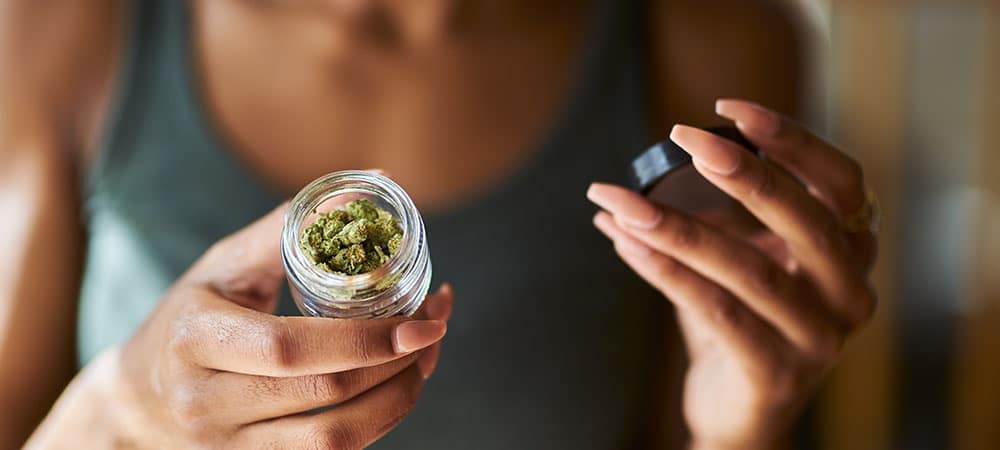
Can Anyone Get Cannabis Poisoning?
If we consider the Mayo Clinic’s definition, then yes. It defines poisoning as “injury or death due to swallowing, inhaling, touching or injecting various drugs, chemicals, venoms, or gases…” in high concentration.
Cannabis Exposure in Children
Incidences of childhood marijuana ingestion, both intentional and accidental, have been studied by Dr. George Sam Wang, an expert on medical toxicology from the Rocky Mountain Poison and Drug Center in Denver. He has seen an increase in marijuana exposure among children after the drug had been decriminalized in Colorado in October 2009.
Investigators of the incidents say that half of the cases were a result of the children ingesting baked goods, pop, or candy containing marijuana. Guardians are reluctant to report the possession of marijuana even for medical purposes because of the stigma involved. But unless they are honest about the cause of the children’s hospital visits, it is difficult for doctors to diagnose marijuana poisoning in children.
Some of the basic symptoms of childhood ingestion of marijuana include lethargy and walking imbalance. Dr. Wang assures, however, that children recover quickly and usually need no more than two days in the hospital.
Cannabis and Lead
People can get lead poisoning from cannabis too. Dr. Franziska Busse from the University Hospital Leipzig reported a case in Germany in 2008 where 29 patients from four different hospitals had the same symptoms of lead intoxication. Dr. Busse found that all of the patients had smoked marijuana containing lead. Street dealers had added lead particles to marijuana leaves to increase the weight, thereby increasing profit. Fast forward to 2019. Rosen mentioned something scarier: extremely potent hybrid strains of marijuana now exist.
How to Know if Someone is Addicted or Poisoned
The Diagnostic and Statistical Manual of Mental Disorders (DSM)—a manual published by the American Psychiatric Association that categorizes mental health disorders—suggests looking for these signs: intoxication, abuse, and dependence. All three are elements of marijuana use disorder.
According to the National Institute on Drug Abuse, about 30% of marijuana users may have some level of this disorder, and “those who started using it before age 18 are four to seven times more likely” to develop it. The institute also states that almost 10% of regular marijuana users will become addicted.
Intoxication involves behavioural or psychological changes that include mood swings, paranoia, delusions, inhibition of judgement, and impairment of cognition. Abuse of the drug means continued use despite its effect on daily functioning and relationships. Dependence (psychological and physical) means difficulty stopping its use despite awareness of its side effects, to the point where the user develops a tolerance for the drug and is at risk of experiencing symptoms upon withdrawal. One can develop tolerance in a short amount of time.

What Happens if a Person Addicted to Marijuana Stops Using it?
Withdrawal symptoms occur, which include: lethargy, difficulty sleeping, increased anxiety and restlessness, depression, irritability, moodiness, tearfulness, tremors, headaches, fever, chills, intense sweating, muscle cramps, gastric pain, loss of appetite, and weight loss. These culminate during the first week of stopping use. Some people experience them for longer, up to two weeks.
The intensity of withdrawal symptoms depends on the amount ingested and the duration of use. Symptoms worsen when marijuana has been combined with alcohol or other illicit drugs. Experienced over a prolonged period, the symptoms can cause dehydration, which in turn can lead to seizures. In some individuals, long-term cannabis use can have additional serious effects like heart attack, stroke, and respiratory disorders.
How to Treat Marijuana Overdose?
Although rare, marijuana overdose can happen. The emergency department will be the first place to get to during an overdose situation. All hospitals provide emergency treatment for a drug overdose. Alternatively, many private and public rehabilitation centres offer cannabis poisoning treatment.
For most substance abuse cases, detoxification is the first step to drug overdose recovery. The recommendation is for cannabis users to taper off use rather than quitting cold turkey, because the latter may intensify symptoms. A sudden withdrawal can jolt the brain into thinking it lacks an important chemical (anandamide). This forces the withdrawal to happen more quickly than the user’s body can handle. Over-the-counter medications are used for less serious withdrawal symptoms, and prescription medicine is administered for serious ones.
For cannabinoid hyperemesis syndrome, the Canadian Centre for Addictions recommends hot showers to regulate the patient’s body temperature.
Is There a Definite Cure?
For those wondering how to cure an overdose, unfortunately, there is no specific antidote for cannabis toxicity. A medication called naloxone, however, normally used to treat opioid and painkiller overdose is now also being used to treat marijuana overdose. John R. Richards from the Department of Emergency Medicine, University of California Davis Medical Center in Sacramento, did a case report on it.
How Long Does it Take to Detox?
The process involved in detox mainly varies depending on the severity of symptoms, the duration of cannabis use, and the detox venue. A typical rehabilitation program will usually take a week or more, but everyone is different. One person can take only days to recover, while another can take longer.
What are the Steps Involved in Rehabilitation?
- First, medical professionals evaluate each case to determine the best course of treatment. This includes drug testing and mental health assessment.
- Then the patient goes into detox.
- After the substance is out of the patient’s bloodstream, treatment follows. This includes medication combined with therapies: counselling, psychotherapy, cognitive-behavioural therapy (CBT), dialectical behaviour therapy (DBT), family therapy, group sessions, and recreational activities.
- Aftercare treatment is continued outside the facility. This includes sessions with doctors and counsellors, exercise and diet regimens, and attendance in support groups like Marijuana Anonymous, 12 Step Recovery programs, and Rosen’s Recovery 2.0 Protocol.
Are There Alternative Treatments?
Some unorthodox methods include meditation, mindfulness practice, journaling, yoga, t’ai chi, music therapy, and art therapy.
One controversial method of diagnosis is brain scanning, which is based on the premise that the cause of addiction may be physiological, not psychological, like a brain injury. Dr. Daniel Amen, a major advocate, scans patient brains using single-photon emission computerized tomography (SPECT). He believes that patients whose addictions may have been caused by brain injuries may need brain rehabilitation programs instead of medication.

Going Incognito
Are you hesitating to attend a mental health or addiction treatment facility because of privacy concerns? If you are in the United States, check out the Behavioral Health Treatment Services Locator, a confidential and anonymous website that lists facilities in the USA and its territories. This service, provided by the Substance Abuse and Mental Health Services Administration (SAMHSA), under the US Department of Health and Human Services, assures anonymity by not collecting or saving personal information and search criteria.
It is important to know that dealing with cannabis abuse is challenging. Rosen describes what it is like: “Marijuana dims the human spirit over time. That was my direct experience. I’m glad I found it when I found it because I needed it at that time, but the best thing that happened to me was that I moved on to a path of healing.” If he can do this, anyone can take this strong decision and lead a successful life.
